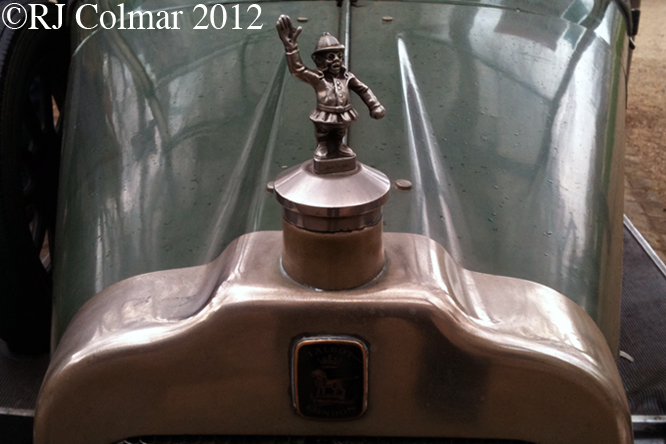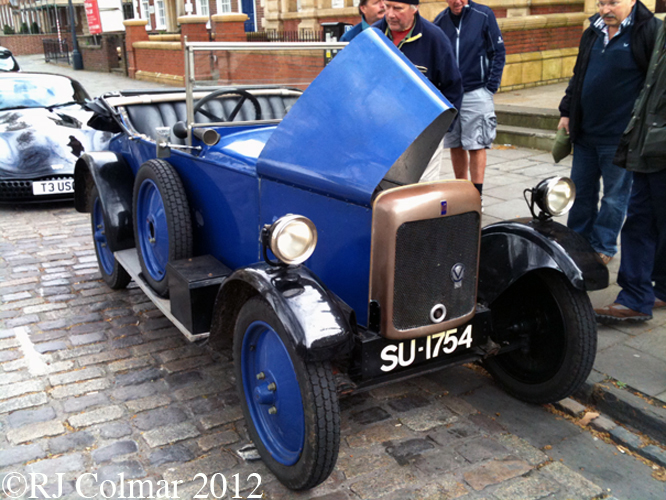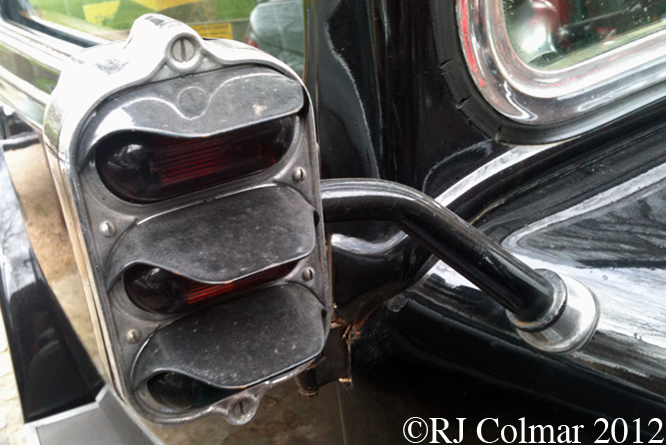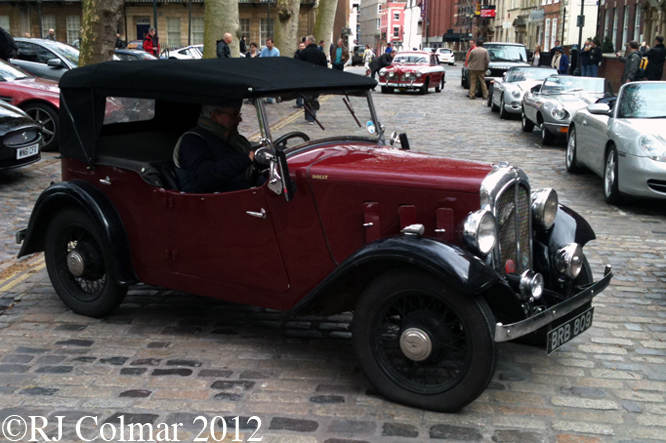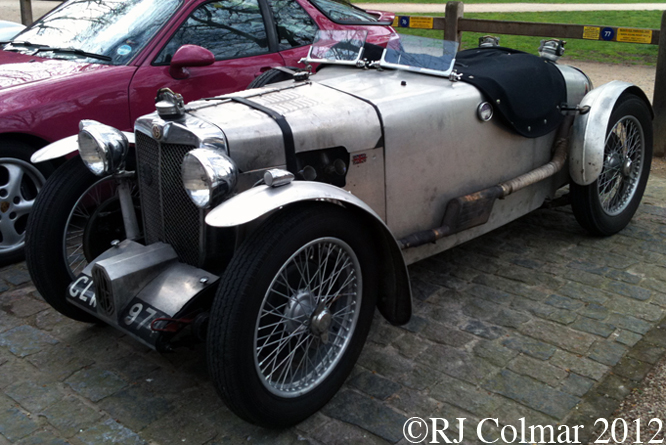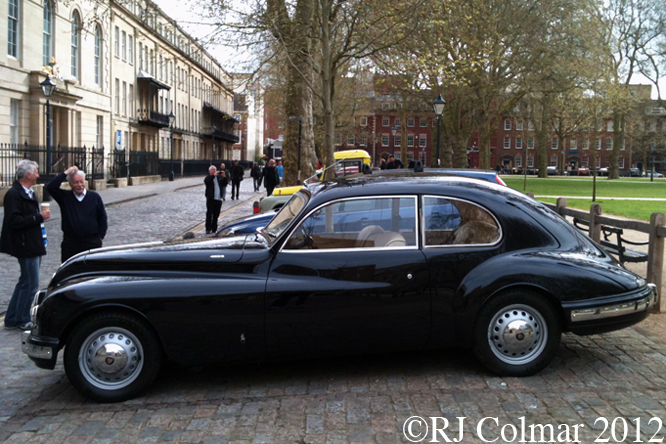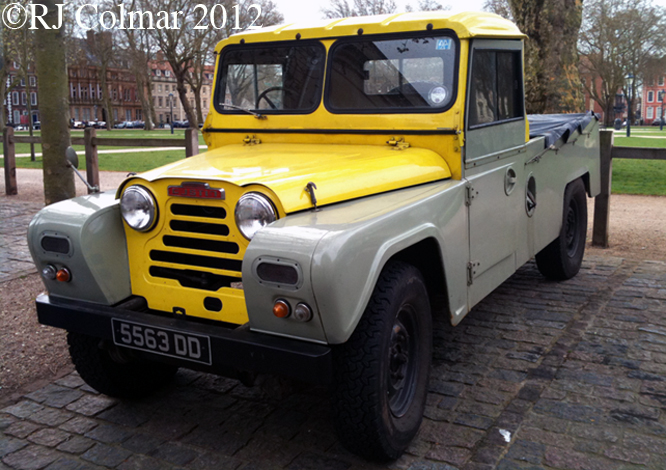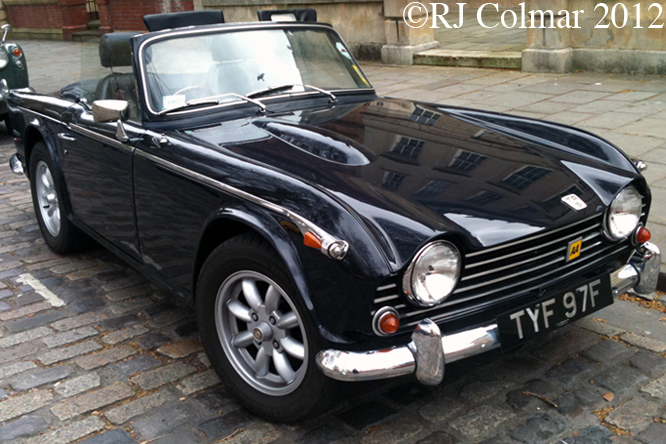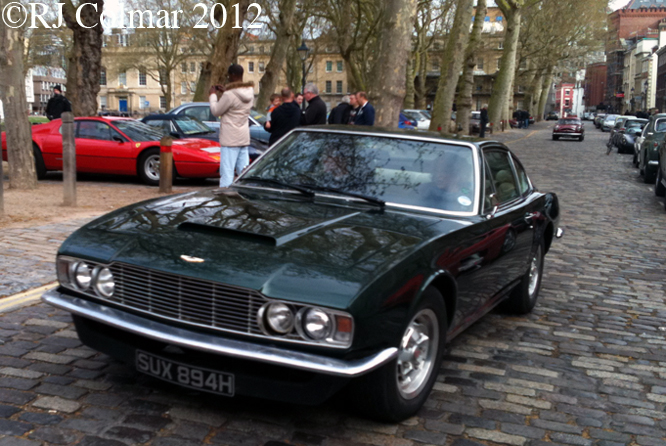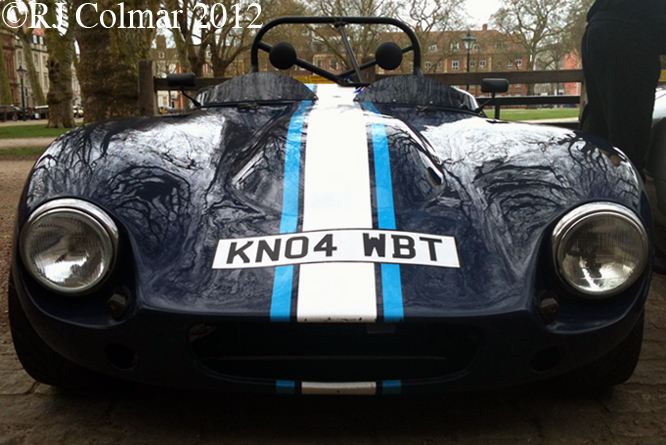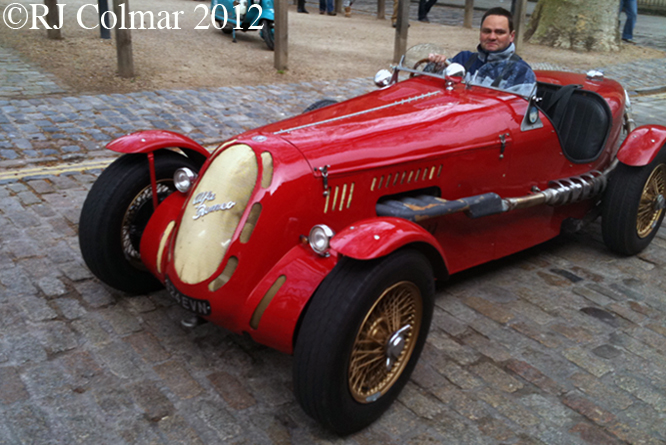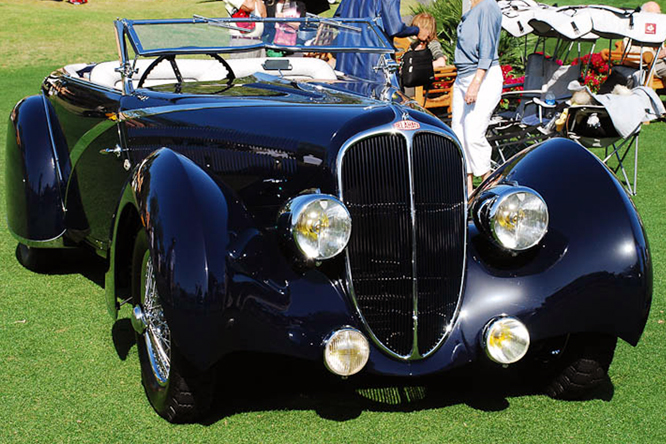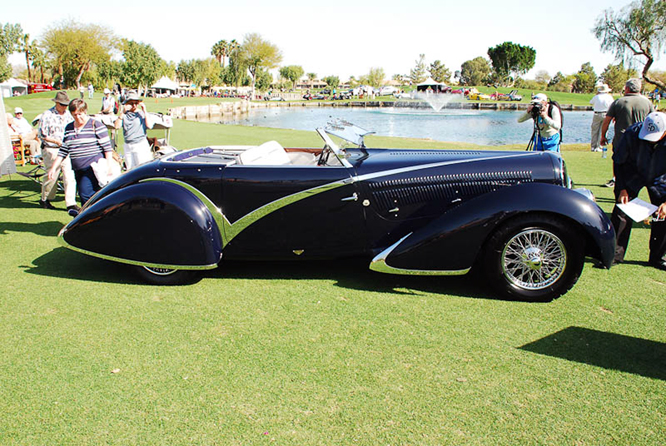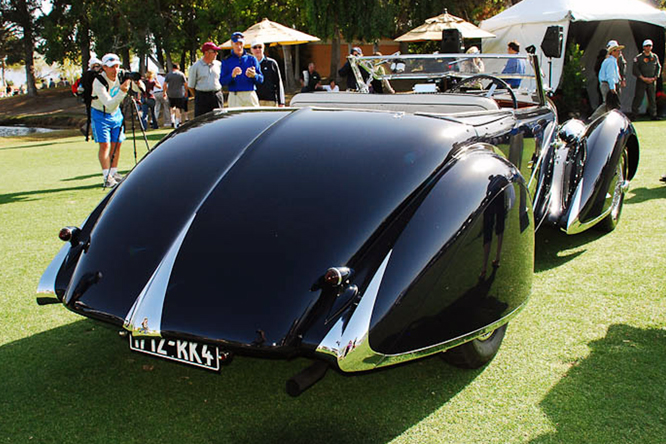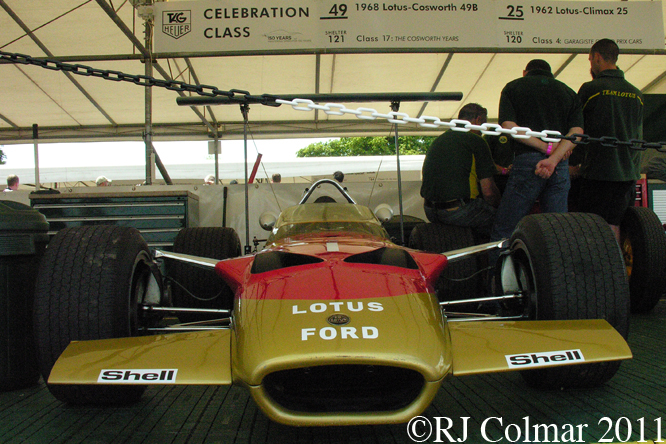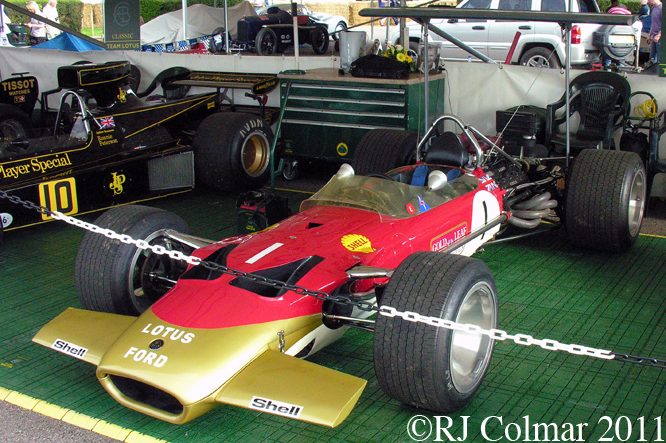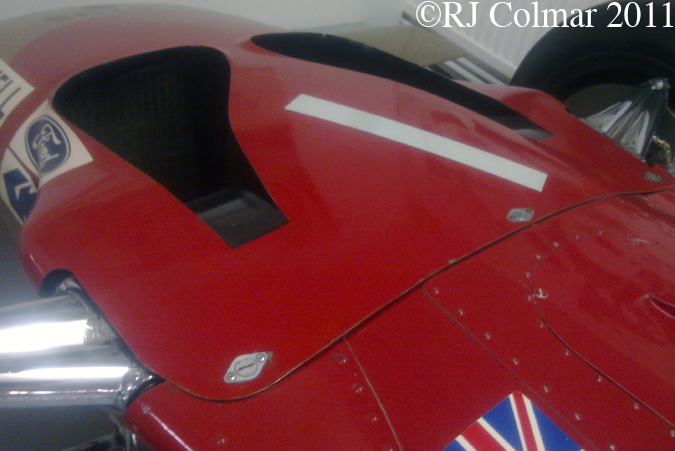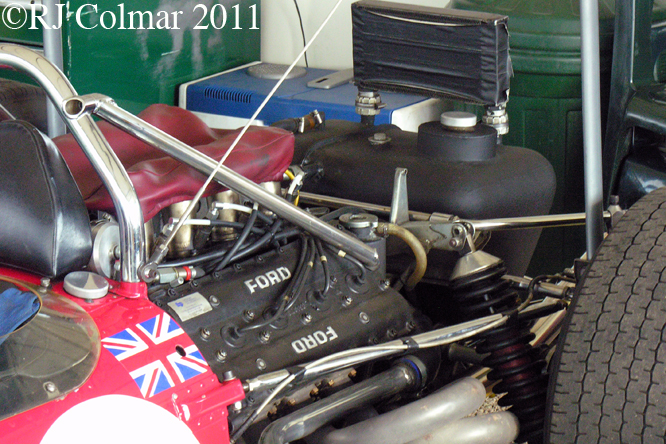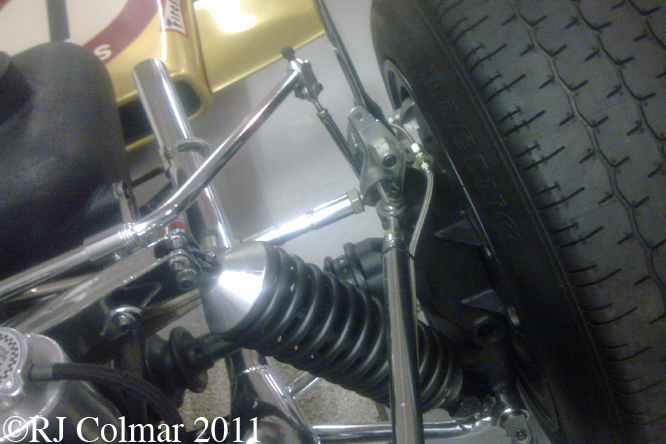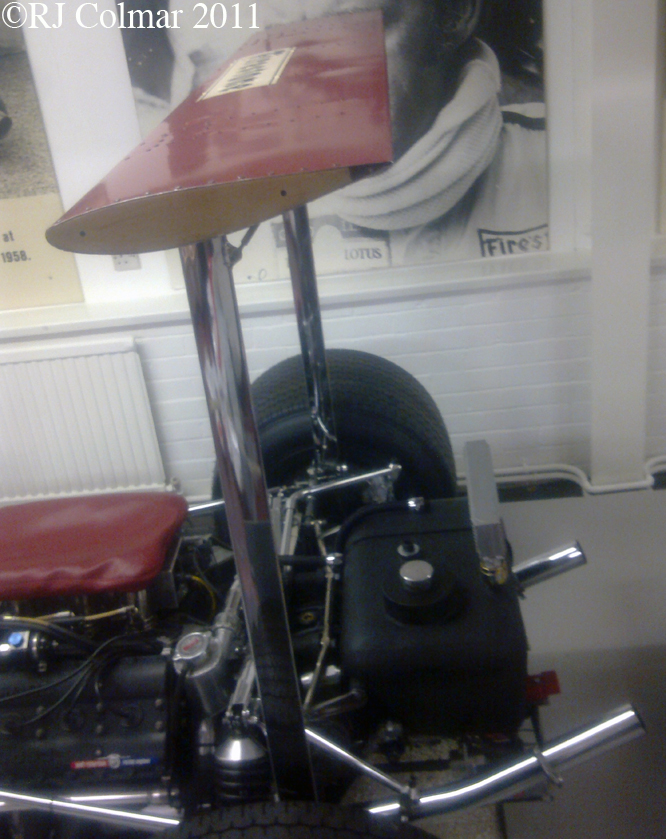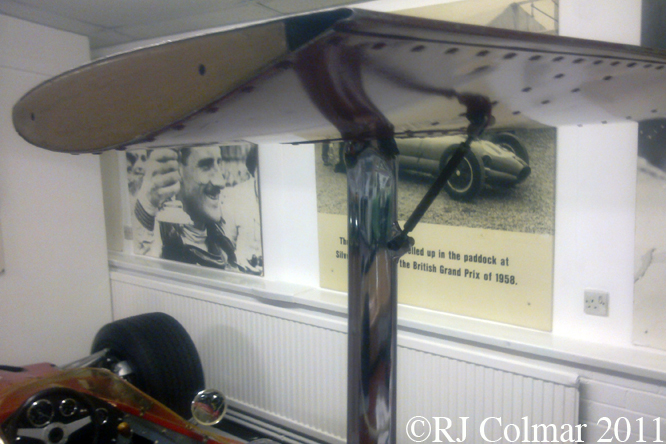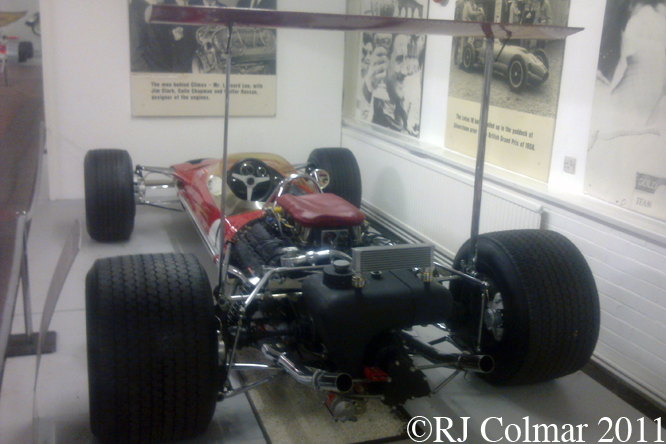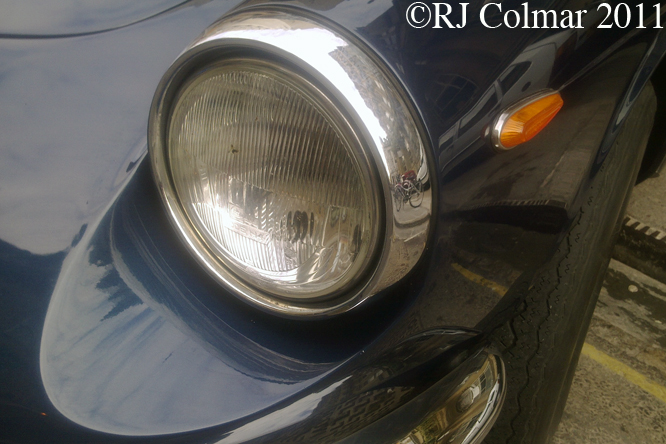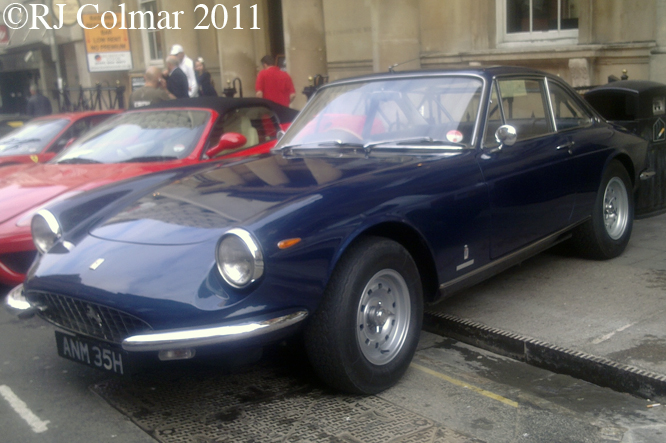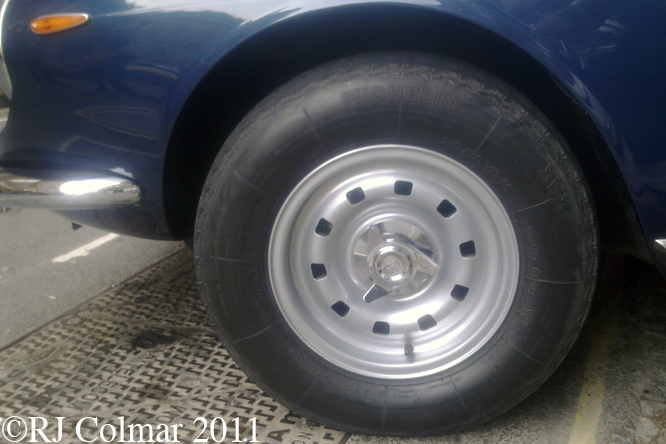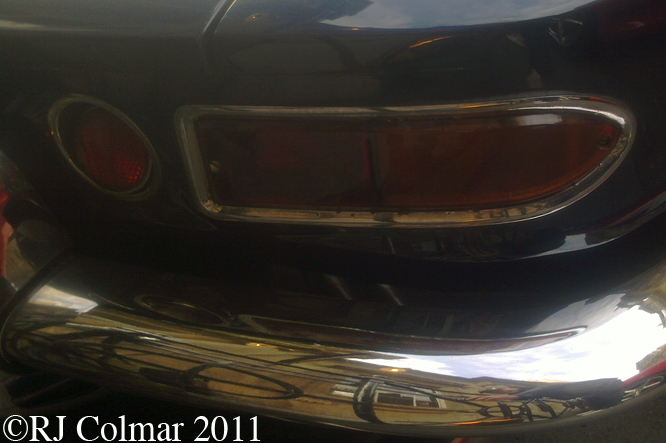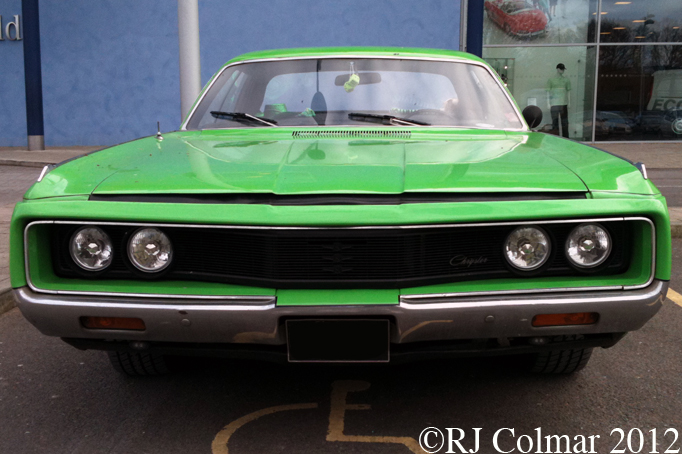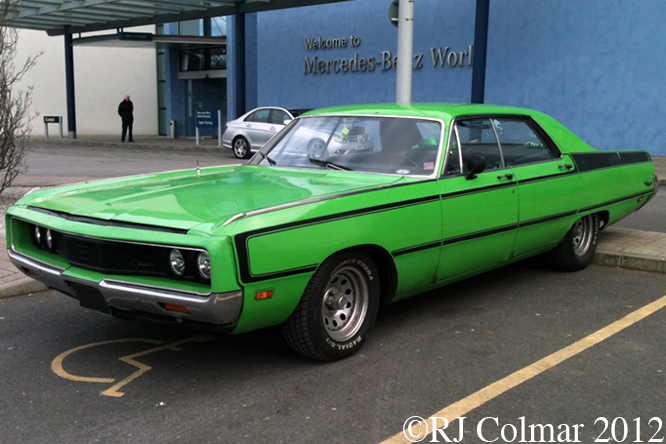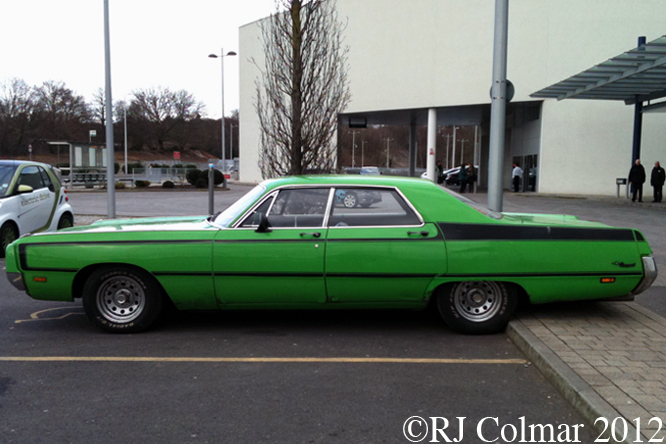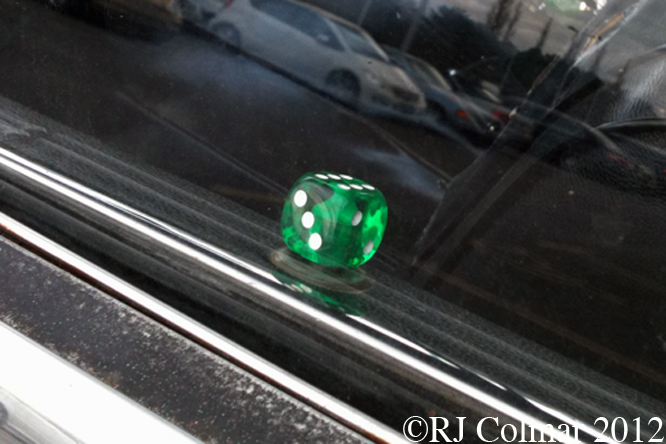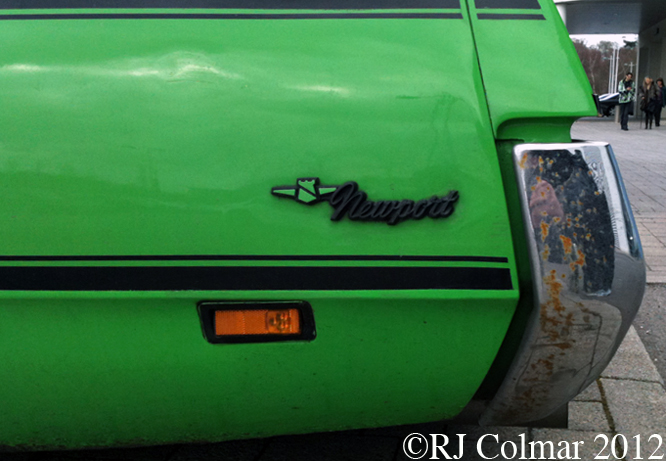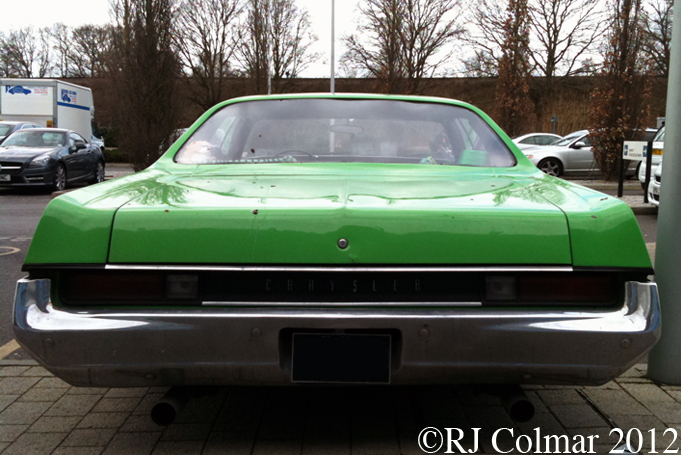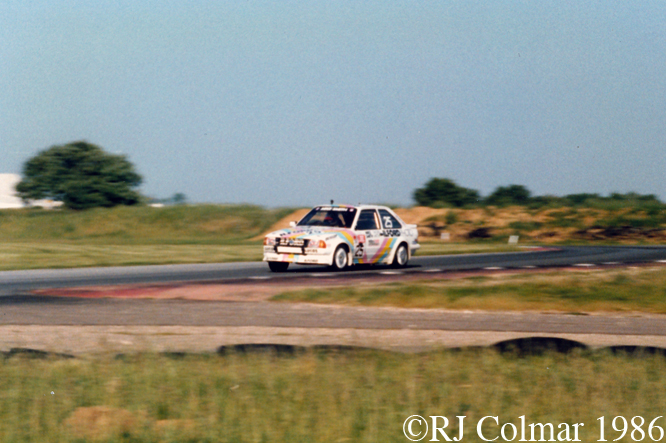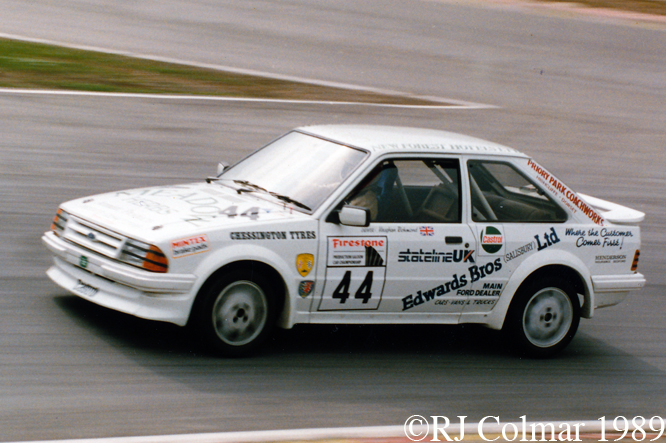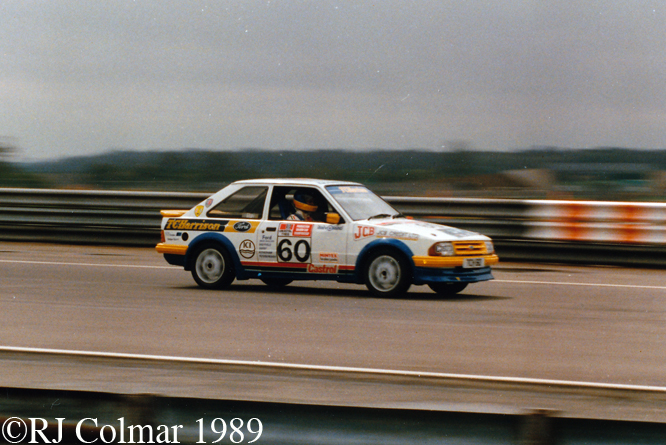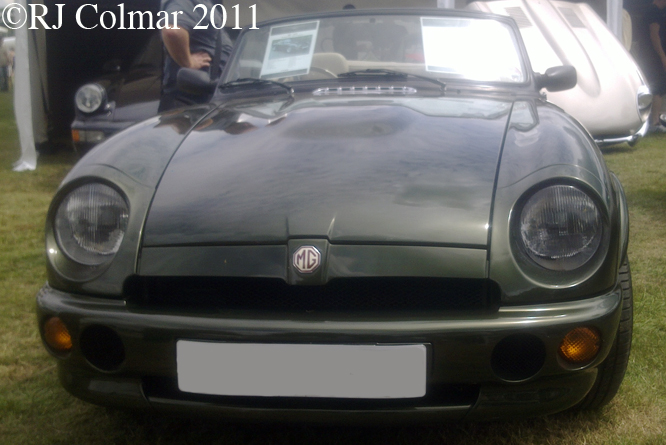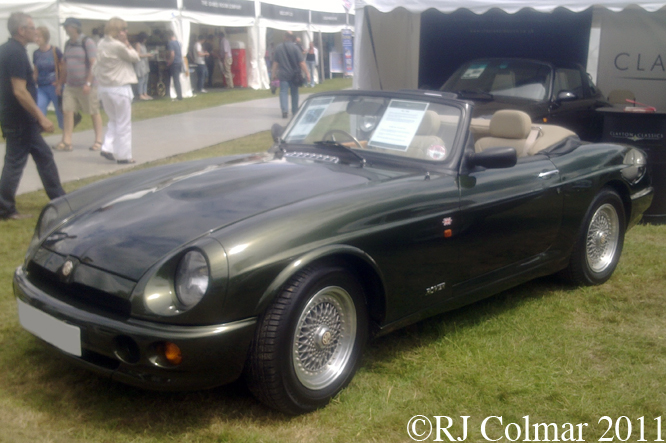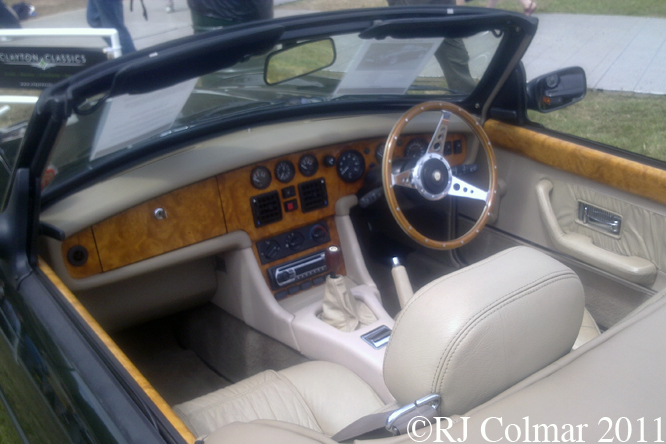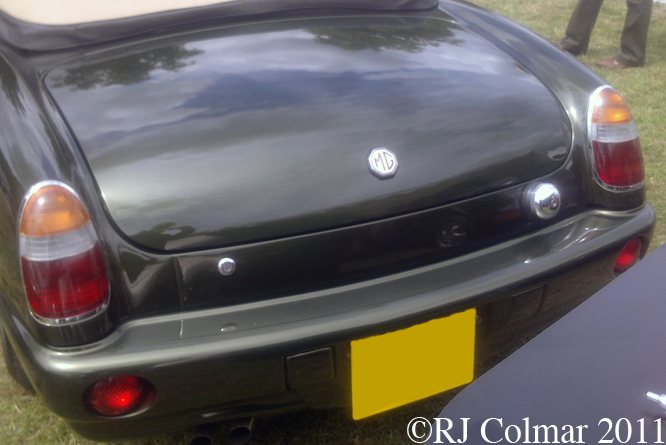The Avenue Drivers Club was formed in 2009 by a small group of enthusiasts of cars that will do at least 100 mph and the Avenue Café on Queen Square, Bristol. Every second Sunday of the month they meet at 9 am at Queen Square for coffee and a chat.
Being Bristol the 100 mph criteria is not strictly adhered to, as I found out yesterday when I was pleasantly surprised to find several interesting Vintage vehicles, like this 1925 Talbot 10/23, which would struggle to reach that 100 mph speed under their own steam.
Like wise The BSA Ten powered by a twin cylinder air cooled engine from 1925/26 would struggle to reach 100 mph and if it did the owner would not know about it as his speedometer fell out on the way over to the meeting.
Not too sure what the function of these accessory is it appears to shine red yellow or green lights forwards and rearwards and one was mounted either side of a 1933 Morris Cowley. If you know what purpose these lights were designed for please chime in below.
GALPOT regulars may remember this Austin 10 choking on a clothes peg from an earlier blog, turns out the full name for the car is Austin 10/24 Ripley Sport. This car is thought to have been first owned by the Debyshire County Constabulary in black.
Despite my many recent Tuesday MG blogs I have not yet been able to establish exactly what model MG this nifty little 1936 racer is, if you know please chime in below.
In the running for car of the day was this absolutely immaculate 1953/55 Bristol 403, the condition of this car really has to be seen in the flesh to be believed, I can imagine this car will still be turning heads in 60 years time.
Another vehicle falling into the sub 100 mph bracket was this 1962 Austin Gipsy a would be competitor to the otherwise ubiquitous Land Rover this one with a 110″ wheelbase. There was also an immaculate Series One Land Rover and an early ‘proper’ Range Rover in attendance.
Representing Triumph was a 2000, 2500PI a GT6 and this 1966/67 TR5PI which rather took my fancy.
At the more powerful end of the scale was this 1969/70 Aston Martin DBS, with an even more powerful Ferrari 365 GTB/4 parked up behind it.
Among many things I learned yesterday was the existence of Fisher cars, I mistook this for a Ginetta G4, it is actually a Fisher Fury powered by a 1 litre / 61 cui motorcycle motor.
Car of the day was without doubt this K1 Attack, another vehicle I had never heard of before which originates from Slovakia and is powered by a Honda Type R engine. Sundays blog will reveal more about this car. Only 4 are thought to exist in the UK and this is the only one with RHD.
At the end of the meeting which lasted a very short 3 hours David Roots, who told me about the Avenue Drivers Club a couple of weeks ago kindly gave me a highly entertaining ride home ‘aboard’ his unique Lenham ALFA Romeo.
My thanks to David and everyone else who brought out their pride and joy I simply did not have time to include in today’s blog, can’t wait for the next meeting on the second Sunday in May.
Thanks for joining me on this Coffee, Croissant, Vintage & Classic edition of ‘Gettin’ a li’l pscho on tyres, I hope you will join me again tomorrow. Don’t forget to come back now !
12 04 12 Errata I originally had the cool white car down as a Attack K1, it’s actually a K1 Attack and it is not powered by a motor cycle engine but a Honda Type R, apologies to all concerned.

